Medical expert of the article
New publications
Antifungal shoe treatment
Last reviewed: 04.07.2025

All iLive content is medically reviewed or fact checked to ensure as much factual accuracy as possible.
We have strict sourcing guidelines and only link to reputable media sites, academic research institutions and, whenever possible, medically peer reviewed studies. Note that the numbers in parentheses ([1], [2], etc.) are clickable links to these studies.
If you feel that any of our content is inaccurate, out-of-date, or otherwise questionable, please select it and press Ctrl + Enter.
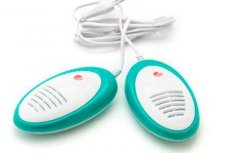
With the help of a device for antifungal treatment of shoes, almost perfect disinfection is performed, complete destruction of spore forms of fungi and bacteria - thanks to the destructive effect of ultraviolet radiation. At the same time, some devices dry shoes.
Antifungal shoe treatment device
Popular models of such devices are Timson and Xenelight.
- Before turning on the device, it is necessary to remember that ultraviolet rays are harmful to the eyes. The simplest protection from them is ordinary glass.
Disinfection using the Timson device requires a long exposure: from 6 to 12 hours. The device is placed in both socks, where all this time harmful microorganisms are exposed to special lamps emitting ultraviolet radiation that is harmful to them. Shoes are not damaged by such treatment, and the unpleasant odor disappears along with pathogenic microorganisms.
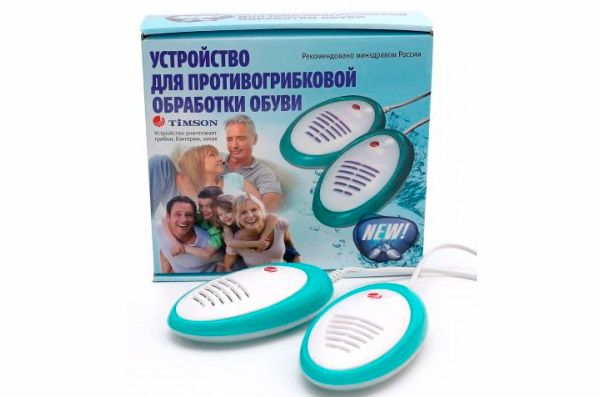
The instructions for "Xenelight" demonstrate significantly higher antifungal efficiency: the treatment of each boot or shoe takes only five minutes. The speed is achieved thanks to gas-discharge bactericidal lamps. Drying takes several hours. "Xenelight" is convenient for treating house slippers, sneakers and trainers, model shoes. The device runs on batteries, which last for two months, and the entire resource is designed for 5 - 7 years.
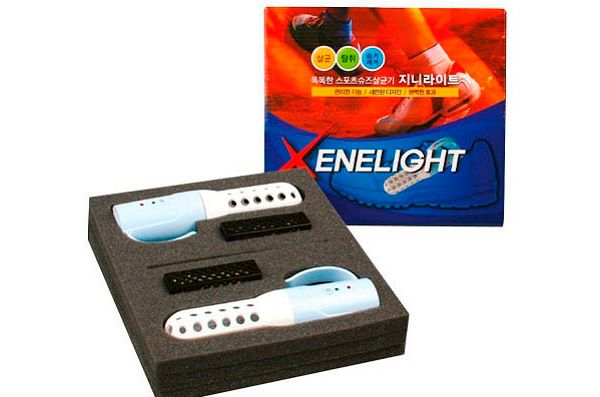
 [ 1 ]
[ 1 ]
Antifungal treatment of shoes and socks
A cured fungal disease on the feet can return if the microorganisms and their spores hidden in the patient's shoes are not destroyed. Chemicals or devices that emit ultraviolet rays are used for disinfection.
Popular chemicals for antifungal treatment of shoes and socks:
- Mikostop spray (active component – lactic acid) is intended for treatment and prevention of fungal infections on feet, but is also used for shoe treatment. The spray is sprayed inside the shoe. The preparation is effective against all types of fungi.
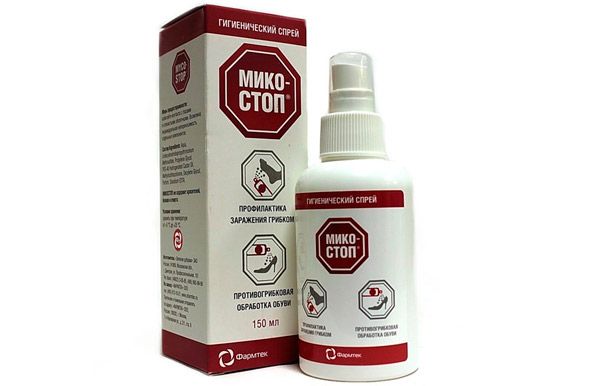
- Miramistin is an odorless antibacterial substance. For antifungal treatment of shoes, a 0.1% substance is used. The inner surface must be treated with a swab and dried.
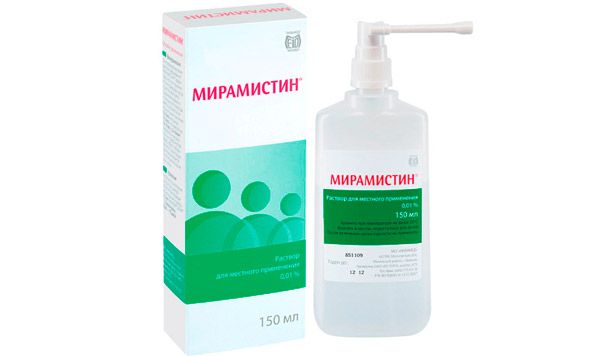
- Dezavid, killing pathogens of fungal diseases, also destroys bacteria and odors. The drug is odorless, leaves no marks, is suitable for shoes made of any material, including leather and suede. Shoes can be treated from the inside with a spray or swab. Unlike the previous pharmacy drugs, Dezavid is sold in household chemicals departments.
- Laina is an antifungal liquid that can be purchased at veterinary pharmacies. Shoes should be treated with this preparation twice, thoroughly wiping with a wet swab. After some time, the same places are wiped with a swab soaked in water and dried. Rubber and similar shoes are immersed in the liquid and then washed with water. Laina should not be used on light-colored shoes, as the liquid will stain them blue.
Treating fungus requires patience and regularity. To completely get rid of fungal infections of the feet and nails, it is necessary to start both treatment and disinfection of shoes in time. This will help prevent the fungus from spreading to other parts of the body and protect other family members from this unpleasant disease.

